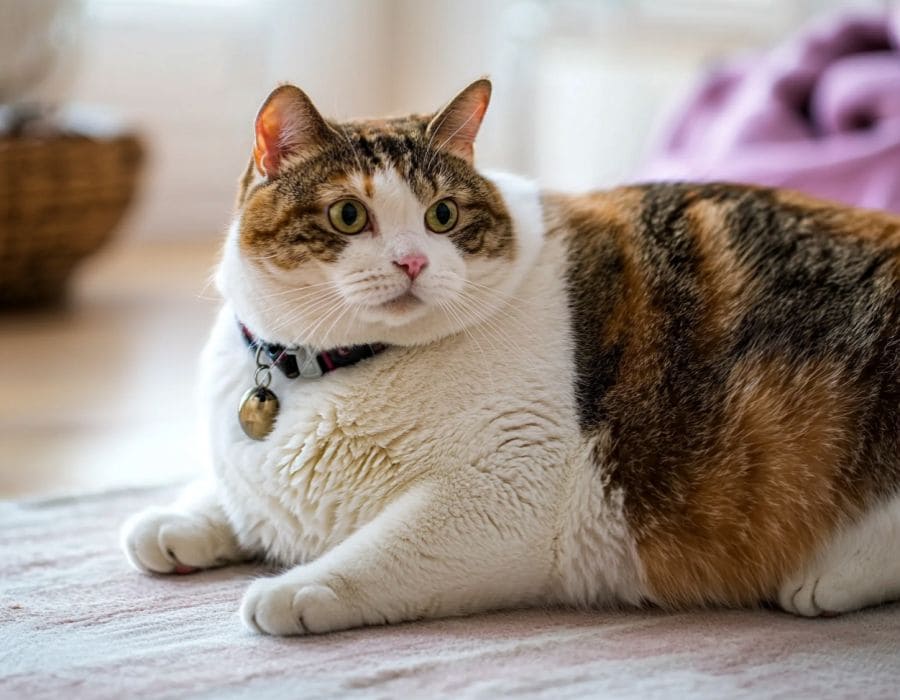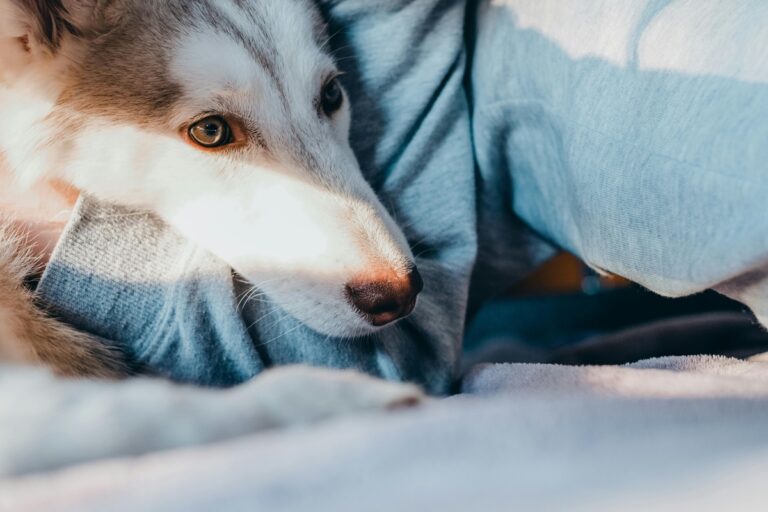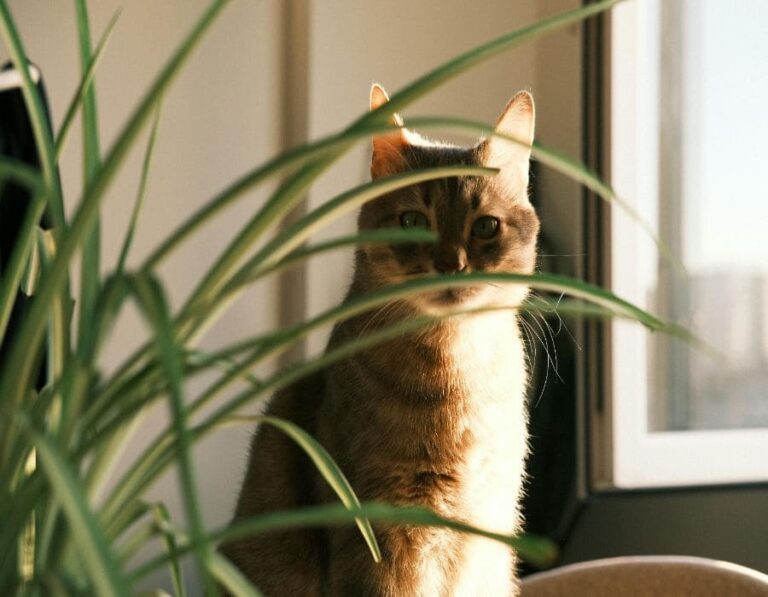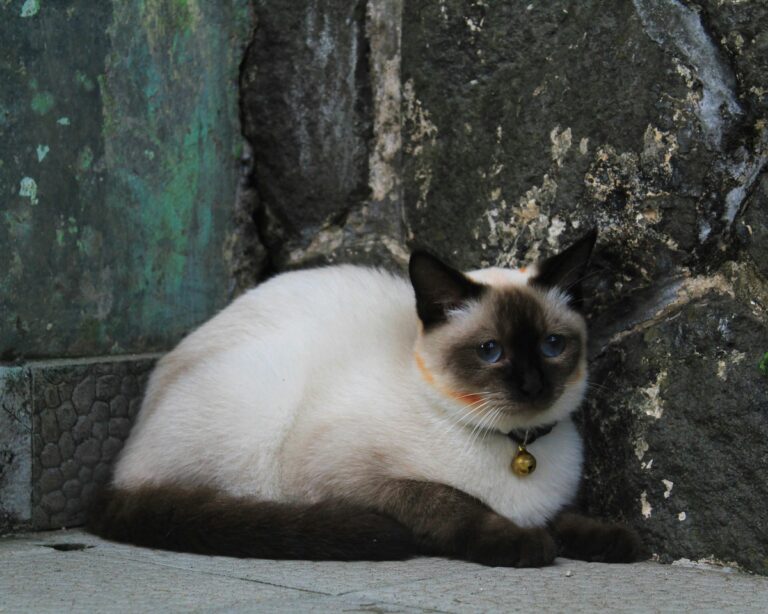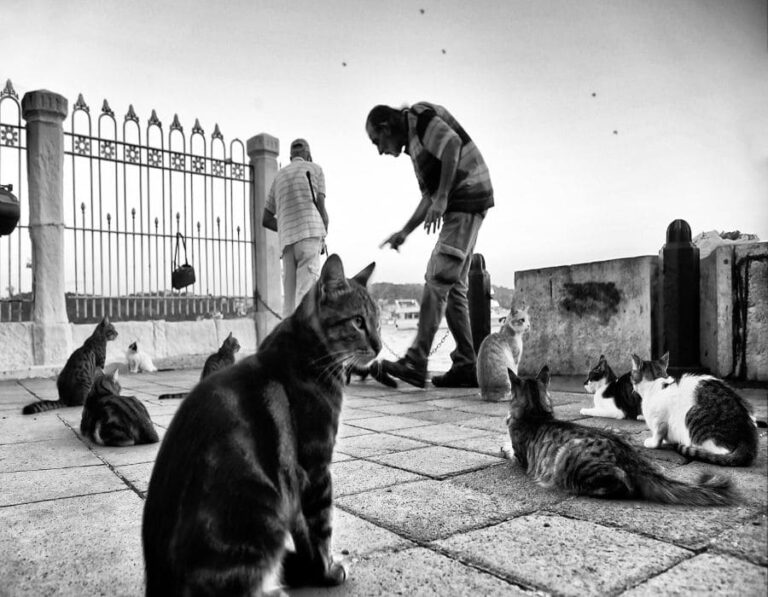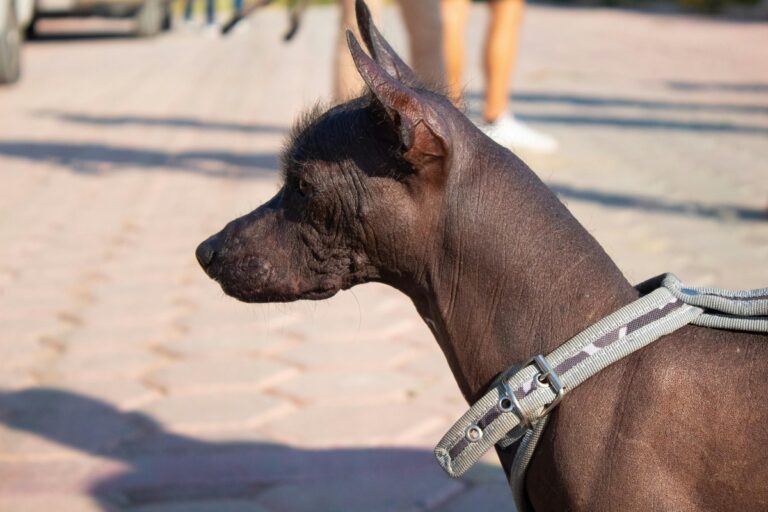10 Tips on Helping Your Cat Lose Weight
As a pet parent, managing your cat’s weight is crucial for their health. Obesity can lead to serious issues such as diabetes, joint pain, and reduced life expectancy. Helping your cat lose weight requires consistent effort and careful planning.
It’s essential to take a thoughtful approach, and that means paying attention to their diet, exercise, and even environmental factors. Here are 10 more unique, detailed tips to guide you in helping your cat shed pounds in a healthy, sustainable way.
Incorporate Puzzle Feeders
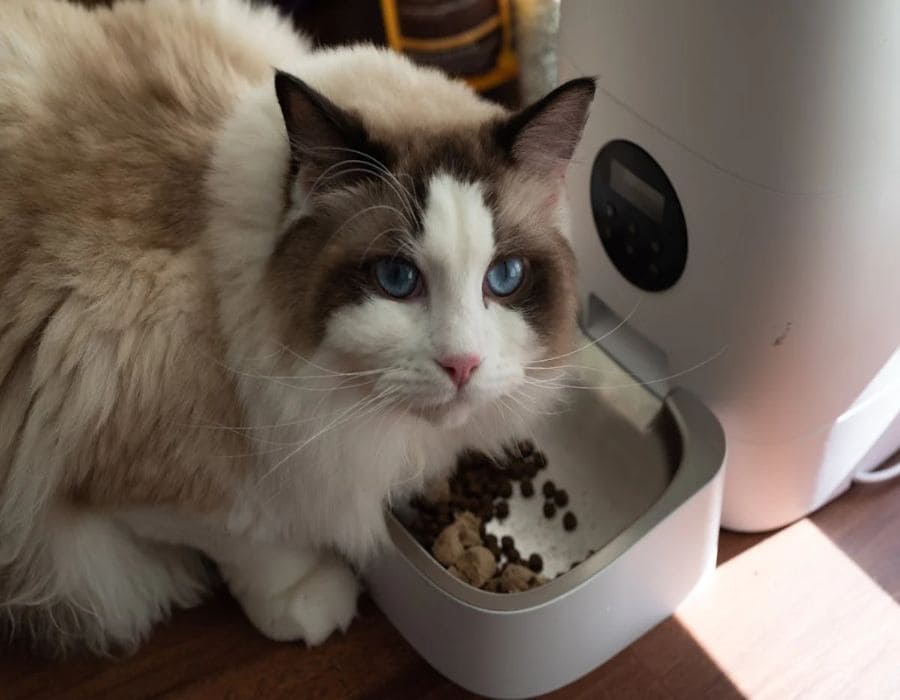
Puzzle feeders are a great way to slow down your cat’s eating and encourage mental stimulation. These feeders make your cat work for their food, which helps burn extra calories and reduces the likelihood of overeating.
Introduce Interactive Toys with Treats
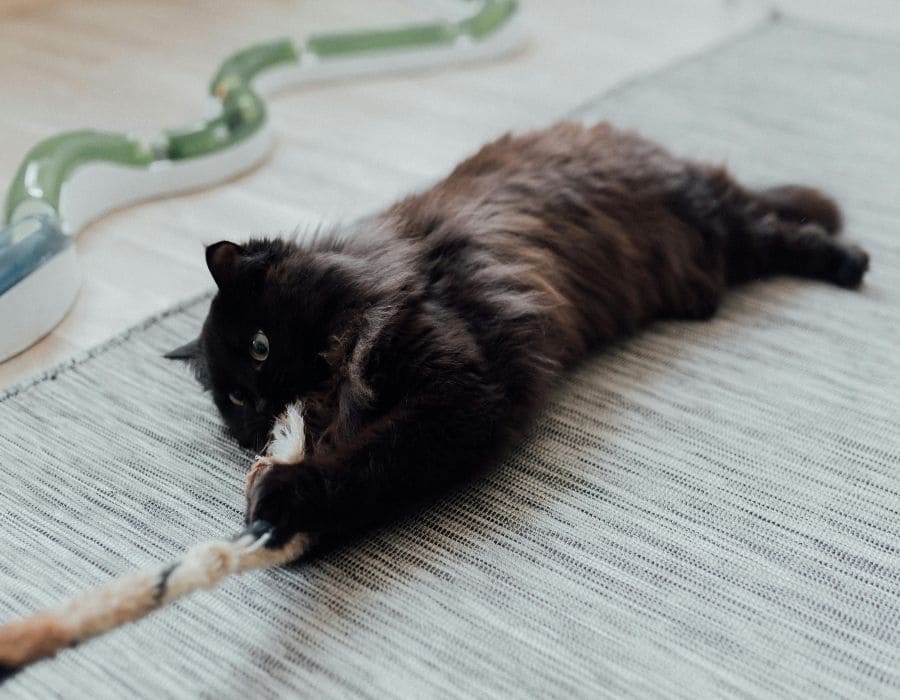
Instead of just feeding treats from a bowl, use interactive toys where your cat has to “hunt” for treats. These toys stimulate their natural hunting instincts, offering exercise and mental engagement, both of which can assist in weight loss.
Add Moist Food to Their Diet
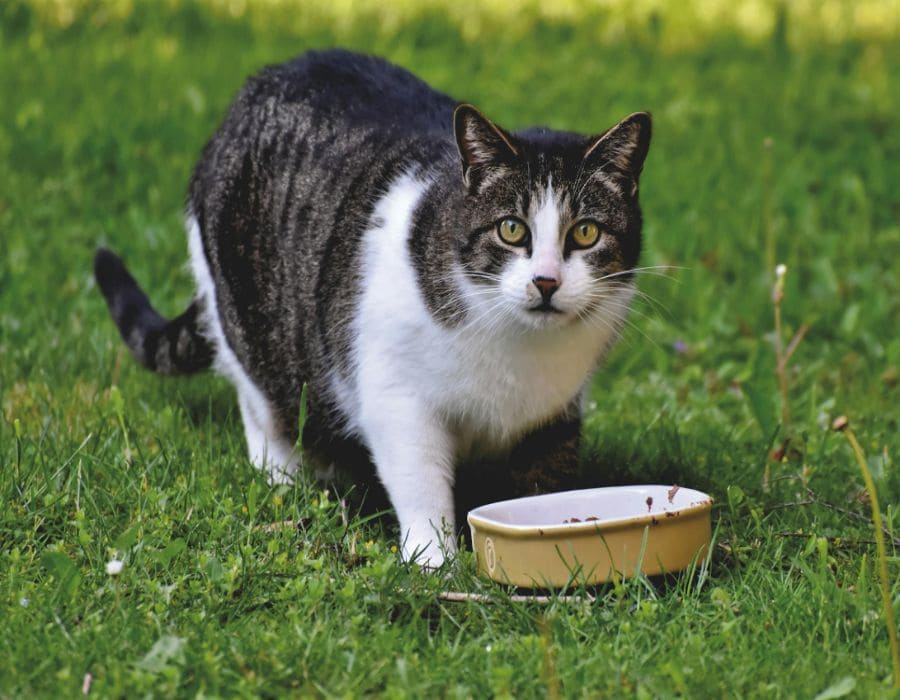
Switching to wet food can help your cat lose weight since it’s lower in calories and higher in water content. The added moisture promotes hydration and fills up your cat’s stomach, reducing their overall calorie intake while still satisfying them.
Offer Smaller Meals More Frequently

Instead of offering two large meals a day, break the daily amount into four smaller meals. This can help regulate your cat’s metabolism, keep them feeling fuller throughout the day, and prevent overeating.
Switch to Raw or Freeze-Dried Food
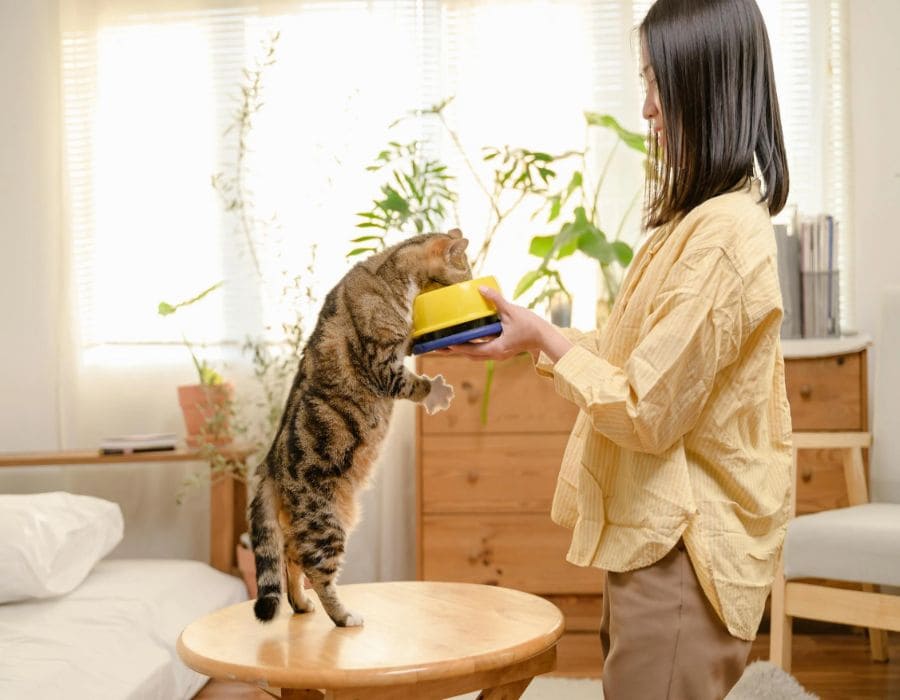
Consider feeding your cat high-protein raw or freeze-dried food. These options typically contain fewer fillers and higher-quality ingredients, which can help with weight loss and improve your cat’s overall health.
Use Vertical Space to Encourage Movement
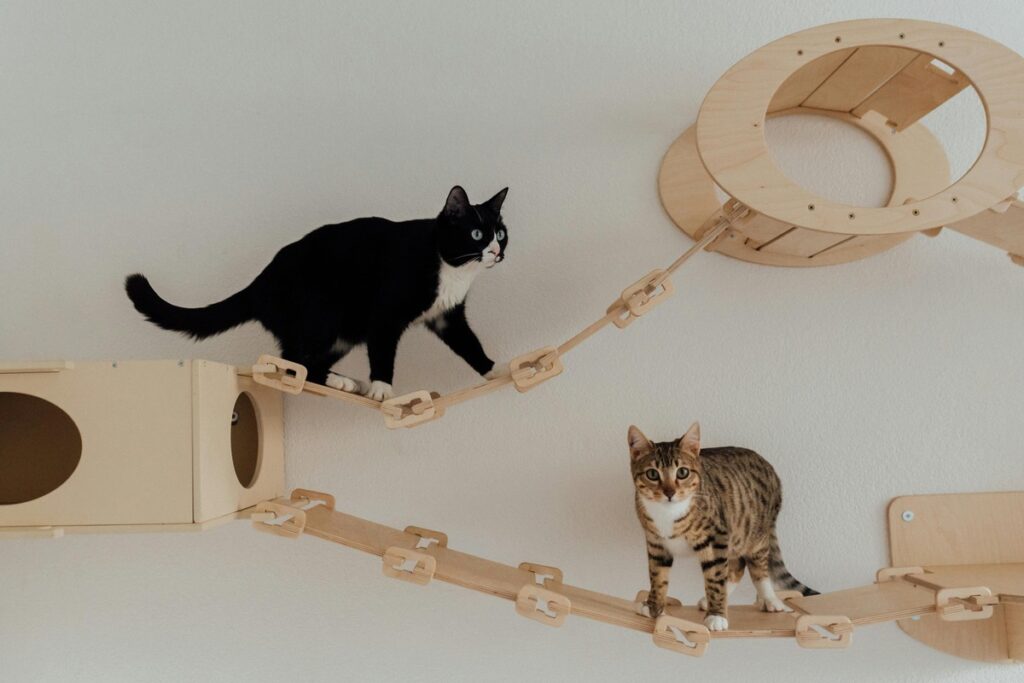
If your cat isn’t as active, encourage movement by creating more vertical spaces, like cat trees, shelves, or window perches. Cats naturally love to climb, and this extra stimulation can help them burn calories in a low-pressure way.
Track Their Calorie Intake
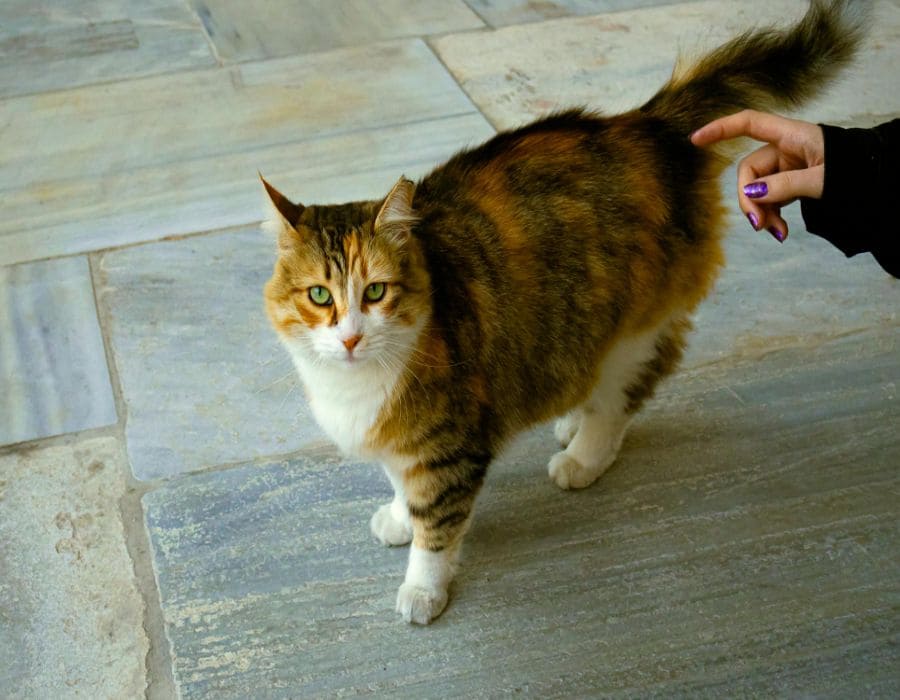
Rather than relying on standard portion sizes, take the time to calculate the specific calorie content of the food you’re offering. This ensures that your cat is eating the appropriate amount for their ideal weight, which is critical for successful weight loss.
Avoid Feeding Your Cat Human Food
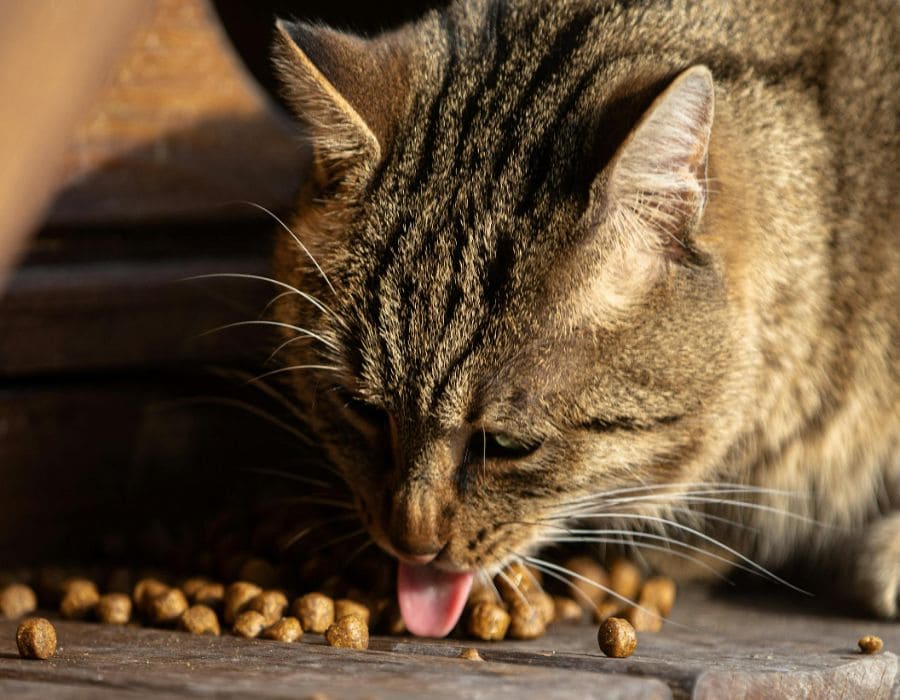
While it may be tempting to share your food, human snacks are often high in fats and calories, which can contribute to weight gain. Stick to nutritionally balanced cat food and low-calorie treats that meet your cat’s specific dietary needs.
Incorporate Short Play Sessions

Instead of long play sessions that might overwhelm a sedentary cat, try short bursts of play throughout the day. These smaller sessions can be more manageable for overweight cats and are effective for gradually increasing their activity levels.
Reduce Stress in Their Environment
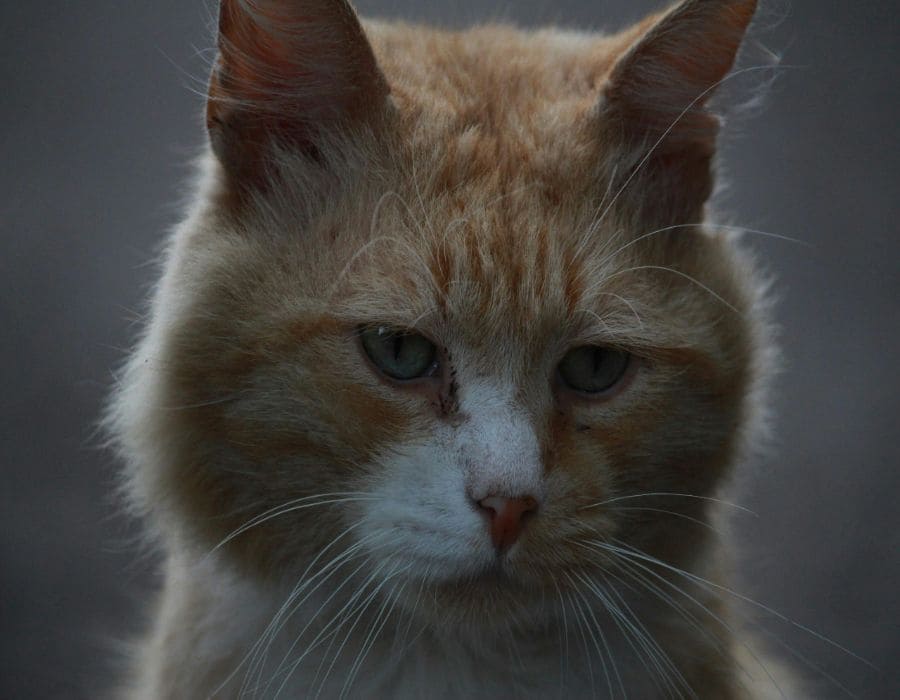
Stress can lead to overeating or emotional eating in cats. Create a calm, low-stress environment to help prevent emotional weight gain. Ensure your cat has a quiet space for retreat and provide them with regular interactions to reduce anxiety.
Final Thoughts
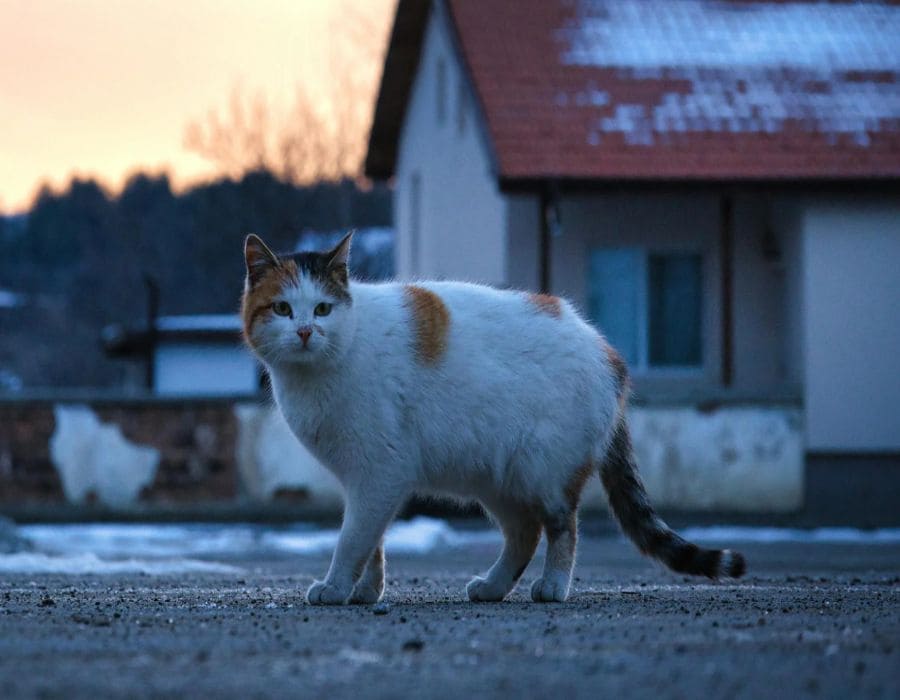
Helping your cat lose weight isn’t just about cutting calories; it’s about creating a balanced lifestyle that supports their well-being. By combining these tips with consistent care and monitoring, you’ll help your cat lead a healthier, more active life, ensuring they enjoy their golden years.

